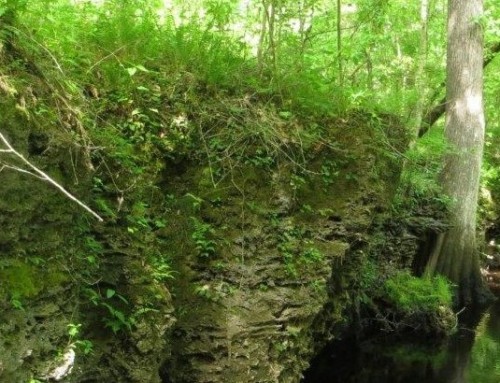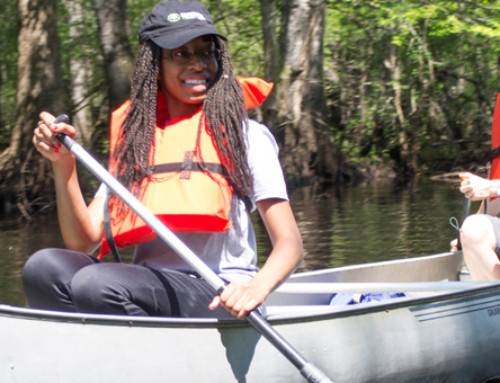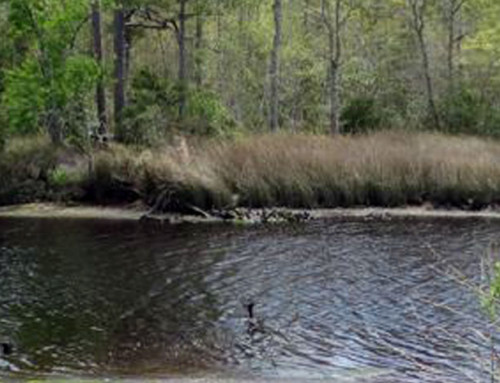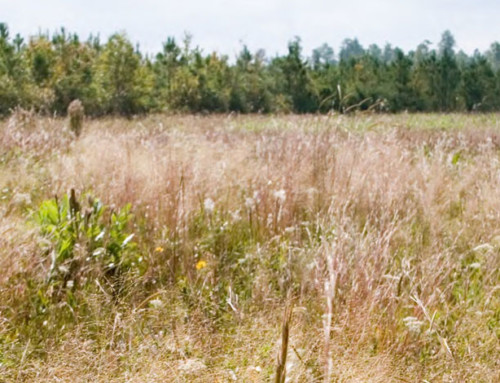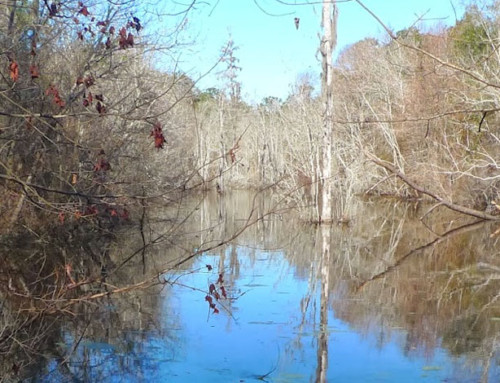Project Description
Piney Ridge Nature Preserve
Piney Ridge Nature Preserve is a Coastal Land Trust conservation property in the heart of Wilmington, NC.
Because of our ongoing conservation efforts, the land is protected forever. But just because it is protected doesn’t mean it is as healthy as it could be. Sometimes we need to take action to improve the quality of our nature preserves and restore habitats. (That’s called land stewardship, which is what happens after land is conserved!)
In winter/spring of 2022, we will perform habitat management work at Piney Ridge Nature Preserve. You might have questions about what you see.
It looks like you’re taking out a lot of stuff. Why do you have to remove vegetation?
In this region, historically, naturally occurring fires would have regularly reduced the amount of undergrowth in this type of forest. Without regular fires, native plants and grasses are out-competed and are not able to grow. By taking out undergrowth, more sunlight can hit the forest floor and allow native plants to grow.
But, it looks pretty drastic!
True, vegetation removal can look drastic, but it is part of the habitat restoration process of the Preserve. Wait till you see what it looks like when it’s healthy.
Are you just going to leave it like this?
NO! The AWESOME news is, we will be restoring native Longleaf pine trees and wiregrass in the Preserve! See the photo above? That’s what a well managed Longleaf pine forest looks like. Gorgeous, huh?! (Photo credit to Walker Golder)
This is a Longleaf pine forest?
Longleaf pines are growing in the Piney Ridge Nature Preserve. Longleaf pine forests used to stretch from Virginia all the way over to East Texas, covering millions of acres of coastal plain. Over time, the majestic and slow-growing Longleaf pines were harvested for lumber and replanted with faster growing varieties of pines. Unfortunately, only about 3% of the original Longleaf pine forest remains, in disconnected areas throughout its original range. This negatively impacts habitats for native animals and plants.
Organizations like the Longleaf Alliance, the Nature Conservancy, and the NC Coastal Land Trust are working to restore Longleaf pine habitats across the southeastern US. Every acre of restored Longleaf habitat helps! This forest has many Longleaf pines in it, but other species of plants and trees are now sharing space here, so we’re going to plant more Longleaf pines in the Preserve to restore the native ecosystem.
Wait, did you say fire is good for these forests?
YES! Fire is important to Longleaf pine forests; it replenishes the soil, provides bare ground for seed germination, and stimulates growth of native grasses and wild flowers important for insects and wildlife. Today, skilled fire managers set low-intensity fires similar to those that would have been started naturally by lightning strikes. These are called prescribed (or controlled) burns. Longleaf forest ecosystems, and the plants and animals that thrive in them, adapted over time to depend on these fires that keep their habitats healthy. Learn all about prescribed burns from our partners at Fire in the Pines!
Want to learn more about Longleaf pine ecosystems?
Check out our “Find it in the Forest” an exploration guide all about Longleaf pine forests.
Have other questions? We’d love to hear them and will try our best to answer them.
jesica@CoastalLandTrust.org


